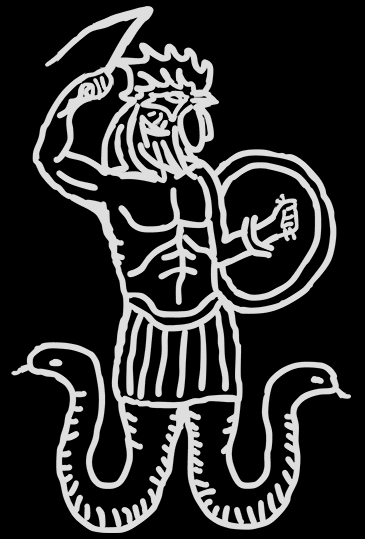In Tibetan Mo divination, visualising Manjushri before your reading is recommended, along with reciting his mantra, ‘OM AH RA PA TSA NA DHI’, either three or seven times. There are more rituals (and a lot of other information) that you may learn about in the book Mo: Tibetan Divination System by Jamgon Mipham (translated by Jay Goldberg).
The six last syllables of the mantra above are on the six sides of the traditional Mo die, but we can use regular dice by adapting the sides like this:
| AH | = | 6 |
| RA | = | 2 |
| PA | = | 3 |
| TSA | = | 5 |
| NA | = | 4 |
| DHI | = | 1 |
Numerologically, the syllables correlate to the elements, body parts, directions, senses, and activities.
element |
activity |
sense |
body |
direction |
|
6 |
space | all | sound | ear | everywhere |
5 |
air | destruction | touch | body | north |
4 |
earth | increasing | smell | nose | east |
3 |
water | purification | taste | tongue | south |
2 |
fire | subduing | sight | eye | west |
1 |
spirit | excellence | thoughts | mind | central |
Relationship Casts
Relationship casts are also done with two rolls of a die, but in this case, the first die represents the asker and the second is the other person. As in other methods of divination, the relationships between the syllables should be the main focus.
Mo Dominoes
For more complex readings, we have adapted Tibetan Mo to use dominoes and tarot spreads. This method uses the same meanings, but allows for many more possibilities.

